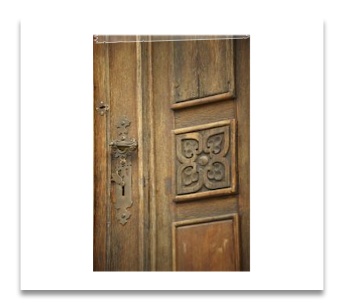 Interior doors can update your home and give it a new makeover, or solve a stubborn closet or laundry room problem. But not all interior doors are the same. Different designs and even different materials have different purposes. Here is a guide to tell you what you need to know about interior doors for your home.
Interior doors can update your home and give it a new makeover, or solve a stubborn closet or laundry room problem. But not all interior doors are the same. Different designs and even different materials have different purposes. Here is a guide to tell you what you need to know about interior doors for your home.
Let’s first take a look at the style of doors. The different types of interior doors include hinged, sliding, pocket, bi-fold and folding doors.
Hinged or Hung
A hinged interior is the classic door that most of us think about when we think of an interior door. You can get a hinged door that is either pre-hung or in a slab form. Prehung allows for easier installation, but slab allows you to have a custom door fit to a finished opening. You can use hinged interior doors just about anywhere. Within hinged doors are a few different options. Solid core doors cut sound and can also offer some insulation, while hollow core doors are lightweight and very inexpensive. You can get these doors with different forms of paneling or glass inserts.
Sliding Doors
Some of our bedroom closets came with these doors, and I can’t say that I am a big fan of them. The doors move back and forth along a wheel and track system. While they are good for reach in closets, they give you limited accessibility to your space, and they always seem to come off of the track. Frustrated with the sets in our kids rooms, we finally removed them and are living with open closets until we purchase new doors. Sliding doors won’t use up any floor space when they are open, and they are pretty easy to install.
Please check back again. I’ll cover the remaining type of interior doors.
Mary Ann Romans writes about everything related to saving money in the Frugal Blog, creating a home in the Home Blog, caring for little ones in the Baby Blog and now relationships in the Marriage Blog. You can read more of her articles by clicking here or subscribe to the blog using the subscription box on the right.
Related Articles:
2009 Tax Credits for Home Improvement
Using Blankets to Block Drafts

